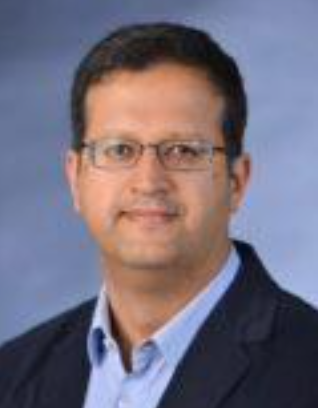Imaging the Earth Across Scales with Correlation Wavefield
OR
About the Course
PESA members, view the course for free!
Much of the effort over the past decade in the field of passive seismic imaging has focused on using seismic ambient noise signals recorded simultaneously by seismic sensor networks, mainly utilizing the surface wave component of the wavefield in seismic imaging. Meanwhile, some of the recent methodological developments enabled the use of body waves of the seismic correlation wavefield in earth imaging retrieved from the ambient seismic noise signals and also the scattered part of the earthquake signals.
I present some of the new developments in the utilization of the surface and body waves of the seismic correlation wavefield in structural imaging and monitoring in 4D with examples around the world. I also introduce a new interferometric wavefield reconstruction technique for improving the accuracy and volume of the measurements in earth imaging.
Your Instructor

Erdinc Saygin graduated in 2002 as university medallist in Geophysical Engineering at the Istanbul Technical University. He received his PhD in Seismology from the Research School of Earth Sciences of the Australian National University in 2007. Between 2007 and 2009, he worked as a geophysicist at Geoscience Australia. In 2009, he returned to Research School of Earth Sciences as a postdoctoral research fellow and was later promoted to research fellow in 2013. During 2016 and 2017, he worked at the School of Earth Sciences of the University of Western Australia as a senior research fellow.
In 2017, he joined the Commonwealth Scientific and Industrial Research Organisation (CSIRO) as a senior research scientist accepting a role as the Seismic Imaging Theme Leader of the Deep Earth Imaging, Future Science Platform. In this role, he is leading a group of four early-career research fellows, conducting research in various sub-fields of computational and observational seismology. He has designed several scientific field campaigns to deploy and operate seismic networks across Australia and Indonesia to characterise the Earth’s crustal structure.
His current research interests span the development and application of new seismic methods to the interrogation of large seismic datasets using novel approaches. The outcomes of his work aim to improve the understanding of the Earth’s structure using advanced geophysical data and model inference methods.
